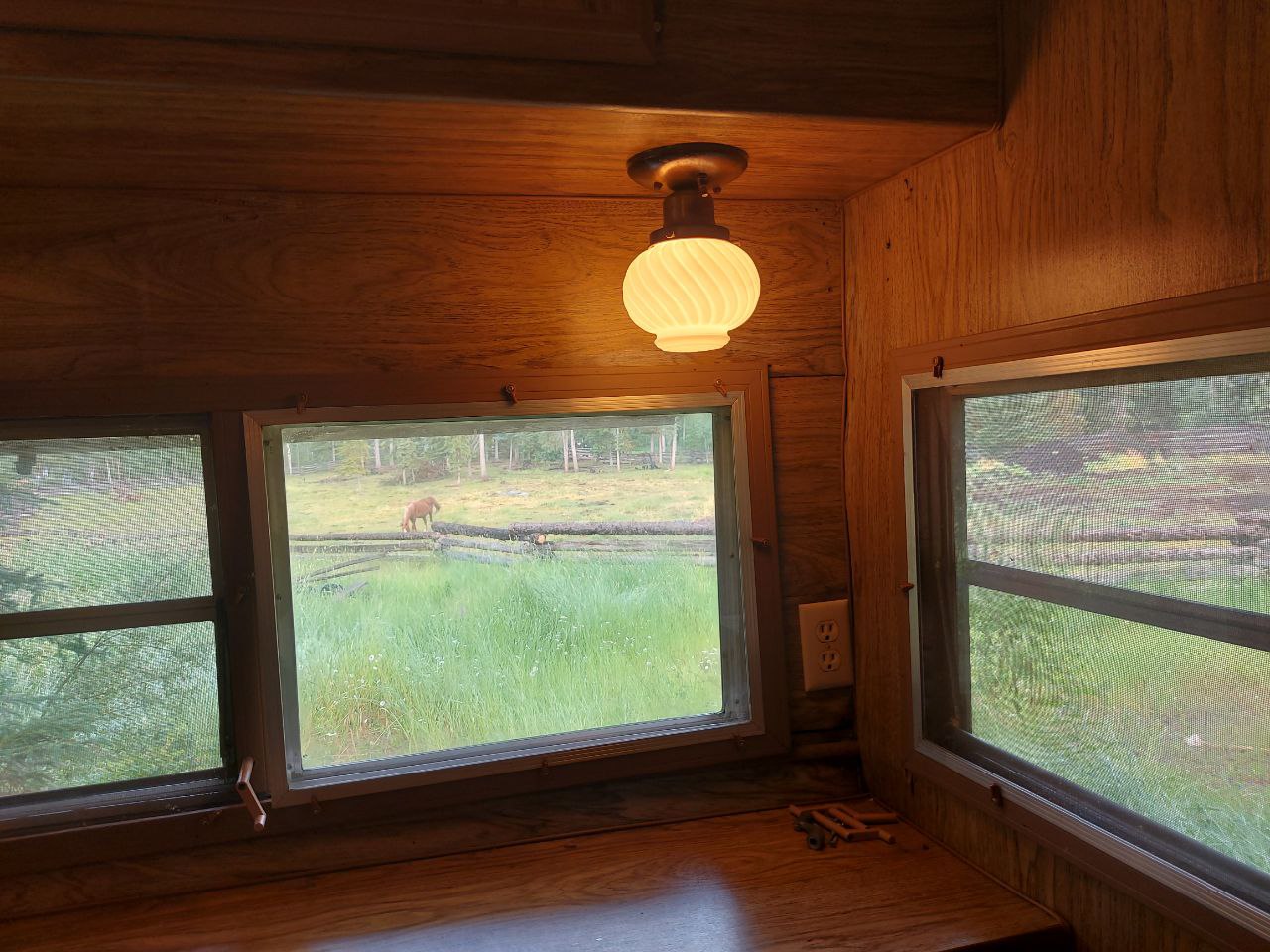|
7 Green Living Tips You Can Apply At Home
People are drawn to a green-living lifestyle for several reasons, whether it's sound environmental practices, cost-savings initiatives, or the opportunity to instill positive values in the younger generation. Fortunately, green living satisfies all of these areas simultaneously, and it offers other benefits, too.
Because of the amount of time we spend in our homes, creating an environmentally-sensitive home is a way to practice the green-living lifestyle with impact. The seven tips below can help anyone make their home more eco-friendly so you can start living green at home today.
Pursue Energy Star OptionsReplacing outdated appliances or electronics with Energy Star models is a cost-saving, green-living upgrade anyone can make to their home, and it doesn't require any lifestyle change. Larger appliances lead to larger savings, but even replacing the home's light bulbs with Energy Star bulbs can save $30-80 over the lifetime of each bulb.
Create Less Waste
Many waste-creating daily habits actually have green-living alternatives. For example, purchasing a durable water bottle eliminates the need for plastic bottled water, and using inexpensive tote bags for shopping errands eliminates the need for plastic bags that will later be thrown away.
Don't Let There Be Light
Turning off the lights in an empty room is an energy-saving tip that predates the green-living movement, but it remains a good habit to follow for those interested in green living at home. In addition, those interested in conserving energy should reserve artificial light for tasks that require it.
Opening the curtains in one's home to welcome sunlight during the day can often provide all the light that is necessary. At night, try to go as long as possible before finally turning the lights on.
Embrace Cooler WaterAdjusting the home's water heater to between 120 and 130 degrees Fahrenheit (between 48 and 54 degrees Celsius) reduces the energy and financial expense. It is also more eco-friendly to opt for cold water rather than hot when washing clothing.
Eliminate Useless Energy Waste
Even those most dedicated to green living at home waste energy via household items that are not in use. Tour the home and look for leaky faucets that need to be fixed, electronics and chargers that can be unplugged, and computers that need to be completely shut off. All of these adjustments will improve one's green-living lifestyle.
Find Alternatives To Throwing Away
Objects that appear to be past their point of usefulness may have life yet in the hands of someone else. Before throwing the object away, determine if it can be recycled, donated or even sold to someone else. Lastly, consider whether the item may be repurposed in some way – such as turning a jar into a flower pot or a tire into a swing.
Choose Cloth Over Paper
Whether repurposing old t-shirts as cleaning rags or investing in towels, cloth presents a more eco-friendly alternative to paper. Use cloth towels for cleaning projects, cloth napkins for meals, and cloth diapers for children.
These tips can help anyone embrace green living at home, and while following all of them will produce a larger environmental benefit, any one of these practices can serve as a starting point toward a green-living lifestyle.
Source: https://www.directenergy.com/learning-center/green-living/green-living-tips-for-home
|  Haha, I’ve got a helper now!
Xuefeng
September 8, 2024
(Translation edited by Q
Haha, I’ve got a helper now!
Xuefeng
September 8, 2024
(Translation edited by Q
 Haha, I felt young again!XuefengYesterday morning, after breakfast, I started ch
Haha, I felt young again!XuefengYesterday morning, after breakfast, I started ch
 Papaver rhoeas: The Designated Flower of Lifechanyuan
by Xuefeng
August 20, 2024
Papaver rhoeas: The Designated Flower of Lifechanyuan
by Xuefeng
August 20, 2024
 Joyful Games and Warm Welcome for Gabi at Lifechanyuan's Thai Home
Qianzi Celest
Joyful Games and Warm Welcome for Gabi at Lifechanyuan's Thai Home
Qianzi Celest
 Chilean Girl Gabi Experiences the Life of Lifechanyuan Thailand Second Home Comm
Chilean Girl Gabi Experiences the Life of Lifechanyuan Thailand Second Home Comm
 Another Clean and Tidy Joy House
In the tourist resort Holy Land Home, the guide
Another Clean and Tidy Joy House
In the tourist resort Holy Land Home, the guide
 Post time 2018-03-19 15:38:44
|
3896views0replies
Show the author posts only
|View large image
Post time 2018-03-19 15:38:44
|
3896views0replies
Show the author posts only
|View large image
 |Descending
|Read mode
|Descending
|Read mode





 Favorites
Favorites Relay
Relay Shares
Shares Collection
Collection